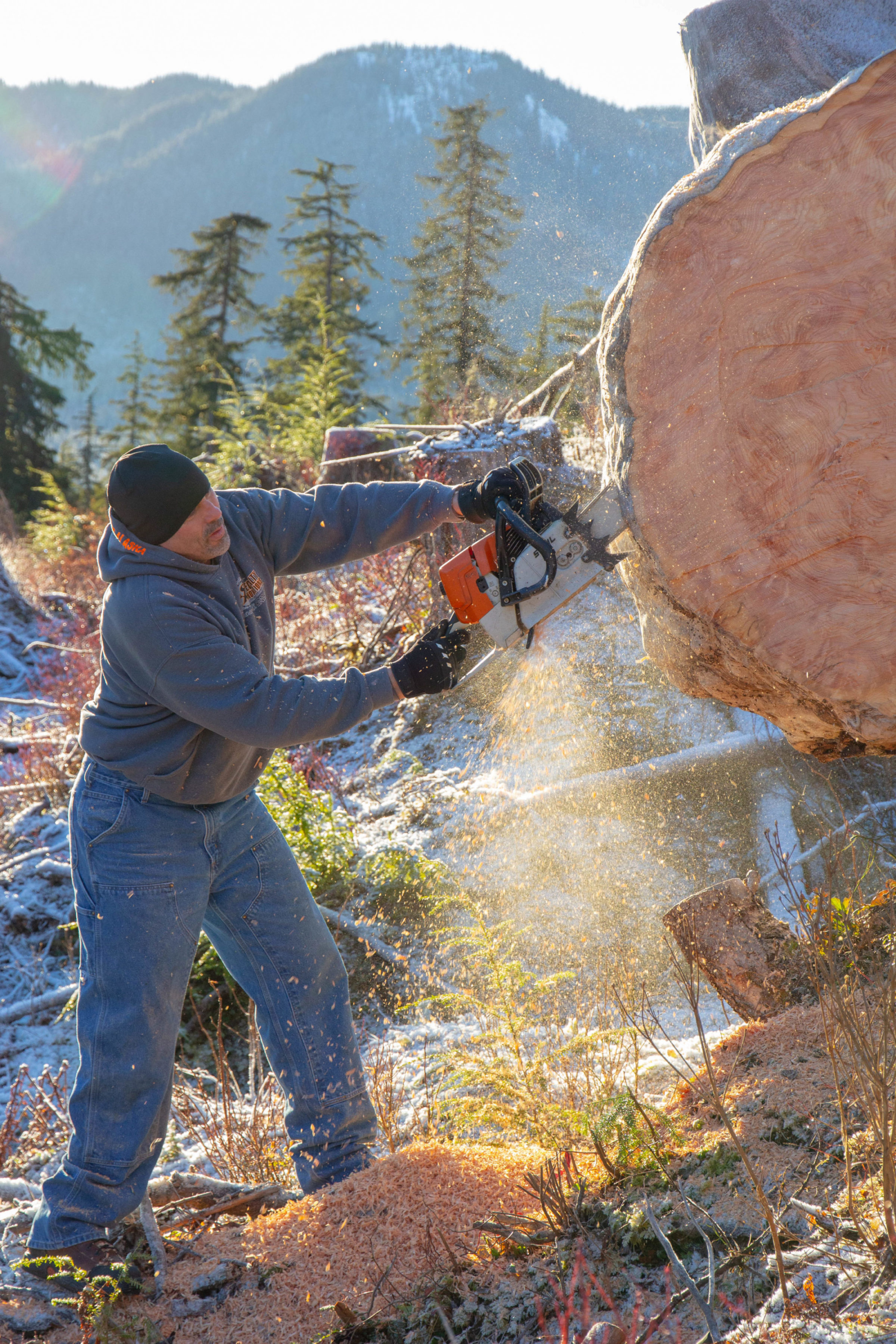By Carolyn Cosmos
It’s not uncommon for someone recovering from limb loss to feel concerned—or even depressed—about his or her employment prospects when returning to an old job or seeking a new one.
But as many amputees who have gotten past the early stages of their recovery will tell you, employers care more about how you do a job; your work ethic and attitude; and your fit with their needs, their company culture, and the folks around you than whether or not you have an arm or a leg.
In fact, your resilience and practical innovations in handling limb loss can be a plus at work or offer a distinctive boost to your job search. They can be part of your leadership style or let you subtly serve as a role model.
For example, about three months after he lost his left leg above the knee in a hunting accident, Alaskan and longtime timber cutter Mike Stocks went to a Juneau-area job fair. He’d returned to a less-demanding position as a log processor at his old job a month after his amputation, but he had loved timber cutting and was looking for new job opportunities.

Shortly after he walked in, happy to be free of his crutches and wearing his new prosthetic leg, he was approached by a stranger.
“He recognized me from a newspaper story about my accident and said, ‘You’re up and walking already! That’s amazing. I’m recruiting for Hecla Mining. You want to come work for us?’ So, I applied,” Stocks says.
During a conference-call interview with the recruiter and two other mine officials—they were on one island on the Alaskan coast and he was on another—nobody mentioned his leg. But when one of them asked how he was doing in general, he replied, “Well, not so good. I broke my leg yesterday—but sent it off to Seattle for repairs.” Stocks got the job.
It was May 2002, and he’s successfully worked since then in surface operations at Hecla Greens Creek, an underground mine on Admiralty Island near Juneau. Tasks involve operating and maintaining equipment such as excavators, graders, and trucks hauling out ore and disposing of the tailings, or waste material from extraction, as well as hauling in supplies for the camp and the workshops.
In fact, the general foreman of surface operations there, Terry Maxwell, describes him as “powerful, practical, and positive” about his limb loss and says he’s known for his safety innovations and leadership: “‘Just Like Mike’ means you are going to do things the right way always, no matter what.”
Stocks is now a surface operations safety manager with a crew of six, and Maxwell describes him as a community influencer who is “funny, hardworking, caring, a champion of safety cultures, skilled, and wild.”
Stocks had never worked in mining when he was hired. However, he had general skills that could transfer to a new setting, including his experience with physically challenging outdoor labor, his can-do attitude, and the fact that he was tuned into safety issues thanks to his timber-cutting background.
While he initially had some concerns about being able to handle all aspects of the job, one of his supervisors not only helped with adaptations but also asked Stocks’ crew members to handle their duties using only one leg for a while to see what innovations they could come up with to help out.
The Hecla Greens Creek site is a gold, silver, zinc, and lead mine on Admiralty Island southwest of Juneau and is the only mine in the United States allowed to operate inside this federally protected area. This is salmon country, Tlingit Native American country, and a wilderness area.
On its website, Hecla Mining emphasizes its “culture of safety” as well as its commitment to good environment management policies. For example, Hecla uses a more environmentally friendly method of handling waste products from ore extraction at this site, the dry-stack method of tailings management. Hecla also runs an intense, complex, and multilayered employee safety program.
Stocks’ life has had its challenges. Within a year of his limb loss, his first wife died in a swimming accident, and his beloved stepfather also passed away. He also reports that he’s “pretty rough” on his artificial legs. His prosthetist, Dave Hughes, CPO, LPO, who owns Cornerstone Prosthetics & Orthotics outside Seattle, notes that they’re still looking for a viable microprocessor knee that’s waterproof and very durable because of the wet and rough terrain in Stocks’ world.
Yet Stocks works on balance. “I try not to be negative,” he says. He’s built three homes, the last one his own, and he’s been happily married for nearly eight years to Jenny Annett, a photographer who shares his love of wilderness adventures.
“I wish I hadn’t lost a leg, which is a bad thing, but I’m still alive, which is a good thing,” he concludes. “I’m a little slow, but overall I’m happy. I have a great wife, a good job, and I like being a leader…. There’s a reason for some of these things that happen.”
As for his employment, he says, “I just want to do the best job I can.
NEED TO CHANGE YOUR CAREER AFTER AMPUTATION?
First, think about your current interests, talents, and skills. These things may work well in another field, making it easier and more satisfying for you to make a career change. The article “How to Make a Successful Career Change” (https://bit.ly/2D0LQZg) offers ten tips that may help you make and implement your decision. If you need additional training, check out Amplitude’s special section on online education at www.living withamplitude.com/article/is-online-education-for-you.
For additional assistance, contact your state vocational rehabilitation agency (https://bit.ly/2Qzk4v7). This office can help you assess your interests, skills, and talents and may be able to offer assistance with retraining and finding a job. In some cases, it may be able to help you acquire transportation, a prosthesis or other adaptive device, temporary economic assistance, or funding for education or to start a business.



